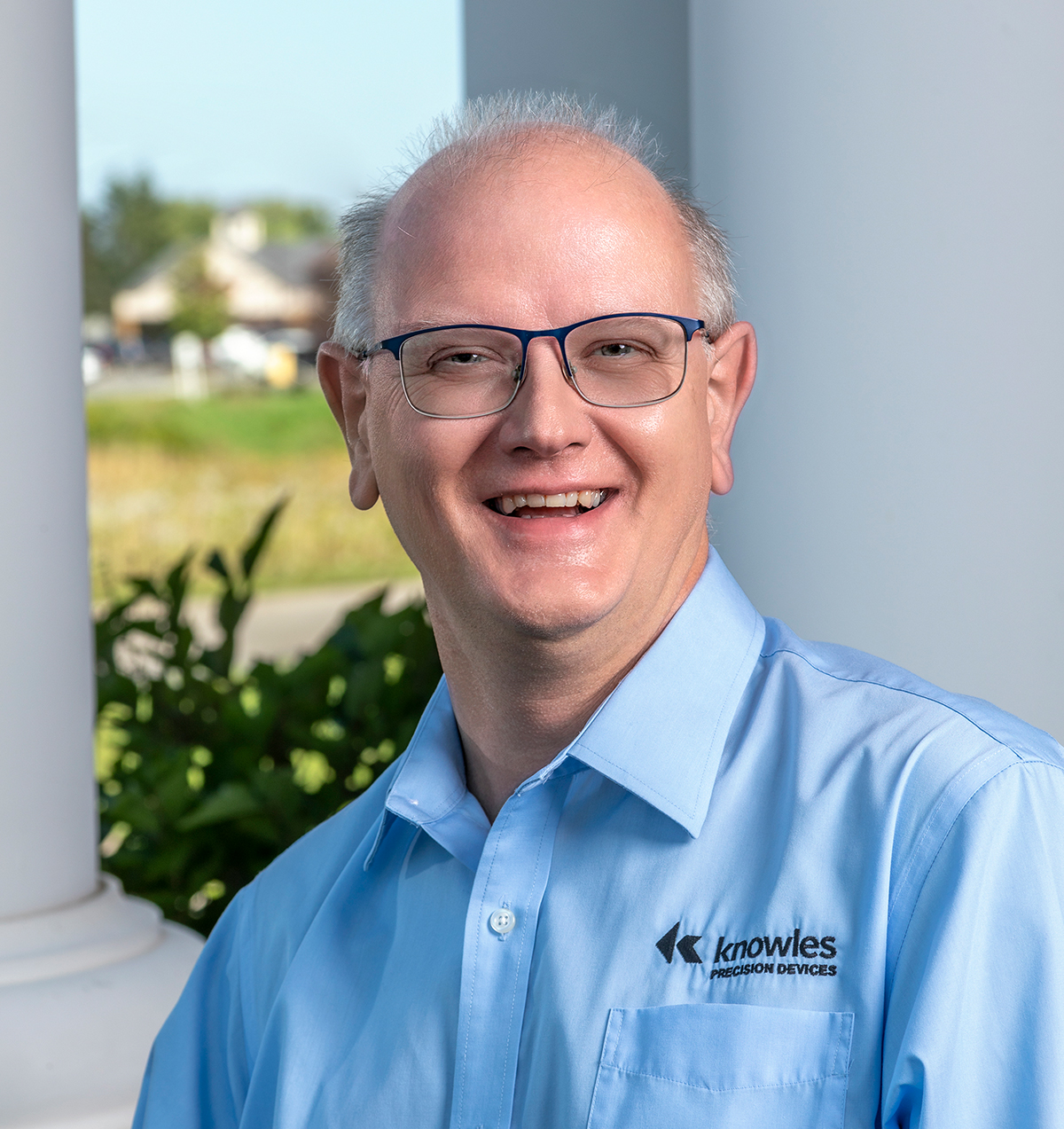As a fundamental component of circuit design, equivalent series resistance (ESR) is the measurement of all the non-ideal electrical resistances in series with a capacitor. When current flows through a multilayer ceramic capacitor (MLCC) due to application of alternating voltage, heat is generated in the MLCC due to the losses, specifically ESR. As a result, this self-heating can cause various performance and reliability issues in the circuits of today’s more complex and smaller electronic systems.
Related to ESR, quality factor (Q factor) is also an important figure of merit used to compare MLCC’s. Like ESR, it is frequency dependent and difficult to measure accurately across the frequency range. Both components are cumbersome to directly compare data supplied from different companies due to these measurement issues and/or the need to take and verify measurements with data supplied.
Nevertheless, one thing’s for certain—this kind of measurement relies heavily on instances of resistance in conductor plates, insulating material, terminations, and so on. The higher the ESR, the more losses that stand to occur in the capacitor. Look to the equations below to increase your understanding.

Where Rs is ESR in ohms, DF is dissipation factor, and Xc is capacitive reactance in ohms.
ESR also determines how much ripple current is converted into heat generation. As mentioned, high temperatures can adversely affect performance or unexpectedly damage the capacitor in the long run if power dissipation is not properly handled.

Where P is power dissipation in watts, I is root mean square (RMS) current in amps, and R is ESR in ohms.
ESR is measured using either:
- A resonant tube, where the resonant frequency and bandwidth are affected by the quality factor and ESR of the capacitor
or
- As a swept measurement using an impedance analyzer, which can measure the characteristics directly, but has more inherent contact difficulties
The difficulties and accuracy issues associated with Q factor measurement mean that these figures are always given as ‘typical’ data. Keeping in mind that MLCCs are defined by the capacitance value and working voltage, good control of materials and design mean that the performance will be consistent, but actual measured data may vary.
It’s also important to note that comparison of data with figures obtained from disparate sources or tested at different times may not give a true picture of how the parts will perform in circuit. Even when considering comparison test data, it must be remembered that it is obtained from a component mounted in a test fixture and may not be totally representative of a component soldered into a circuit.
Meanwhile, suitability of operation must always be confirmed by evaluation in circuit. Therefore, ESR and Q factor are supplied with the aim of giving an indication of the performance of an MLCC over a given frequency range of operation.
Knowing the value of ESR is important because it determines the suitability of the component for use in RF power applications. If the ESR value is too high, the self-heating due to losses will be too great and the part will overheat and fail. The ESR also allows one to calculate the maximum current rating for the component.
Ultimately, it’s important to recognize the role of ESR in high ripple current applications. This is especially true in filtering and smoothing capacitors used in electric vehicles and other power applications. The power dissipated by these kinds of capacitors are a function of ripple current and ESR and act as an important consideration when choosing the right capacitor for the job.
To learn more about how Knowles approaches measuring ESR, including a more detailed look at the various methods of measurement and potential pitfalls, read the full report. To learn more about the impact of ESR on ceramic capacitor selection, read this blog.

